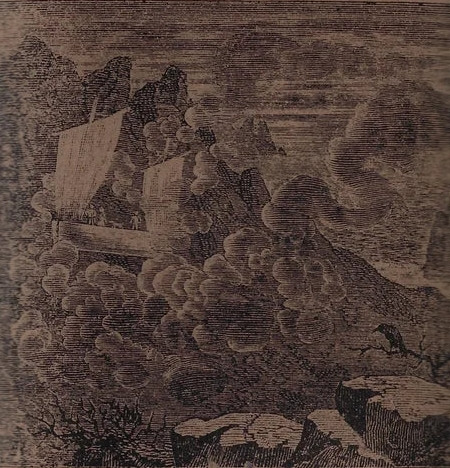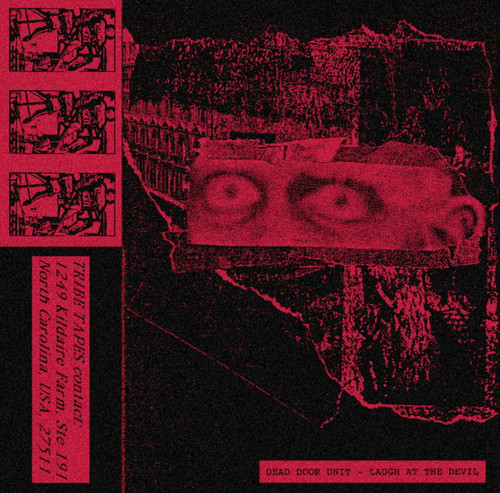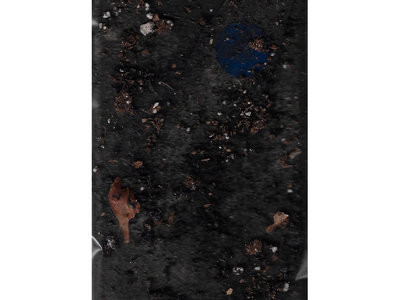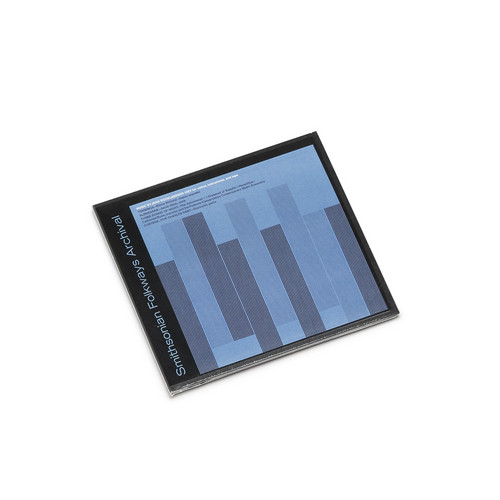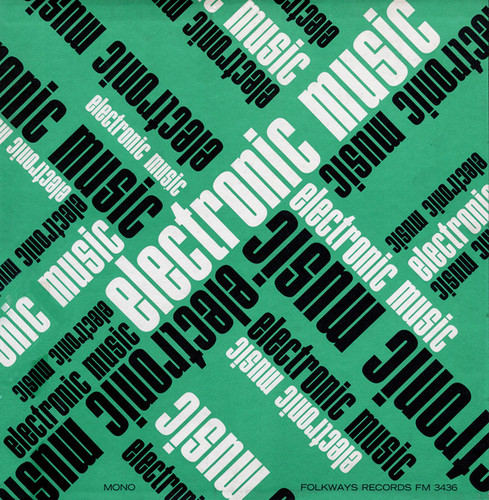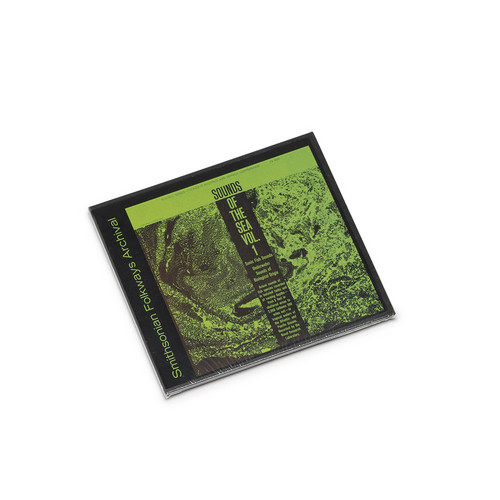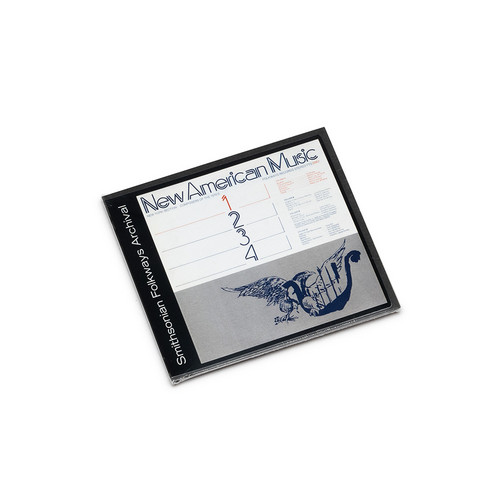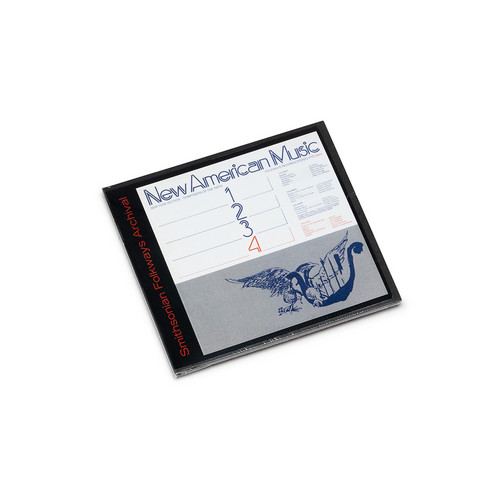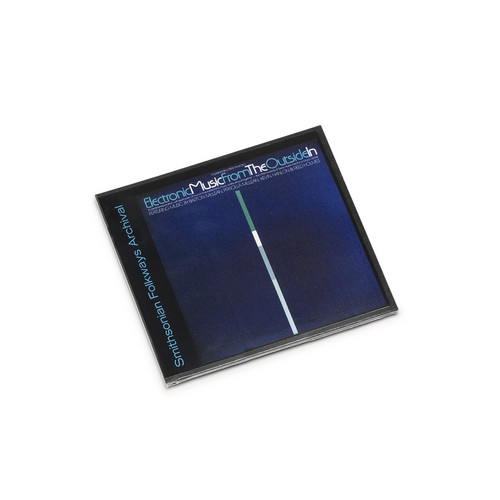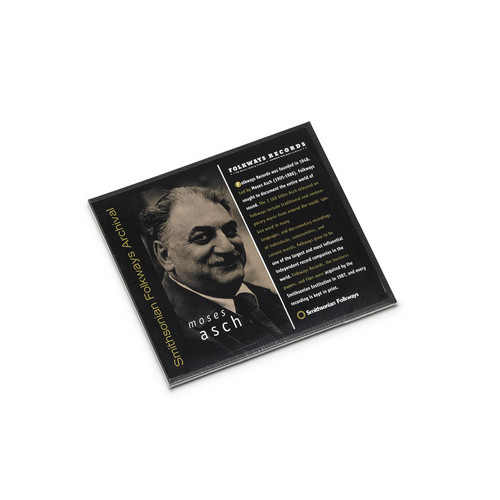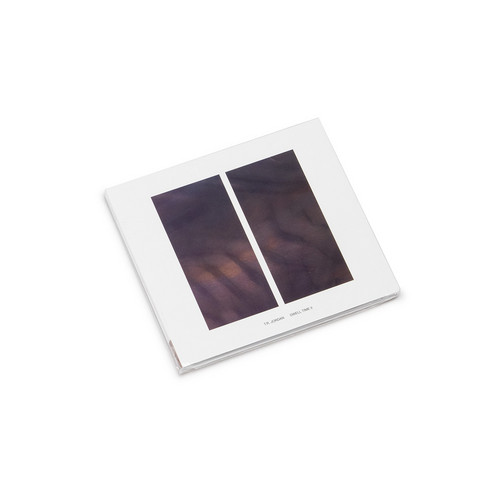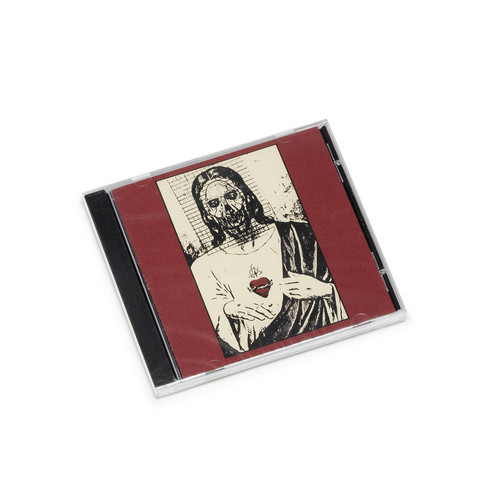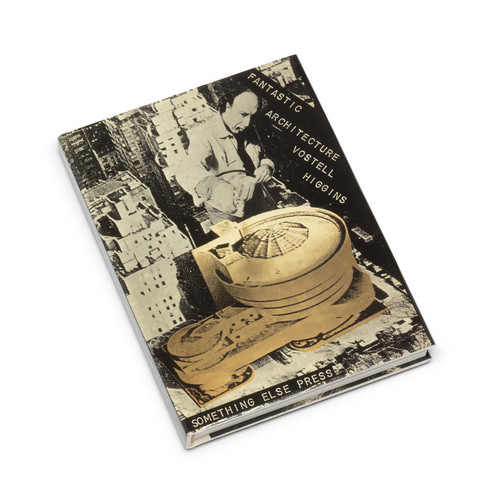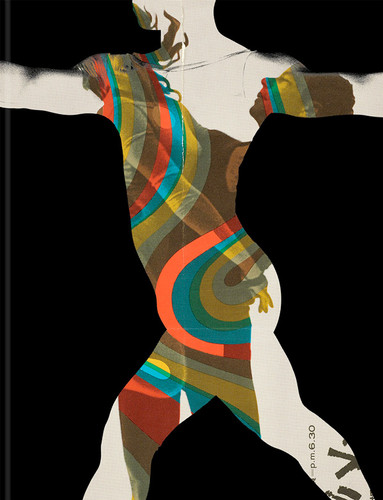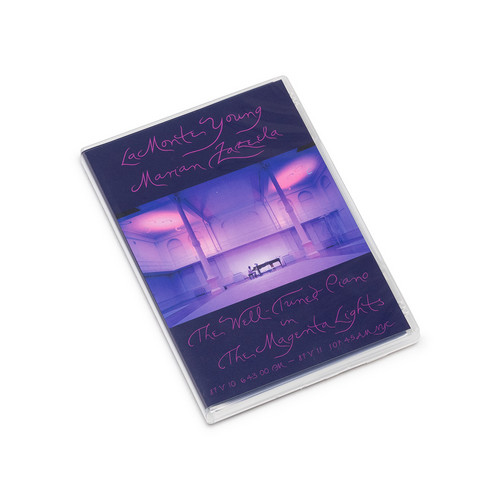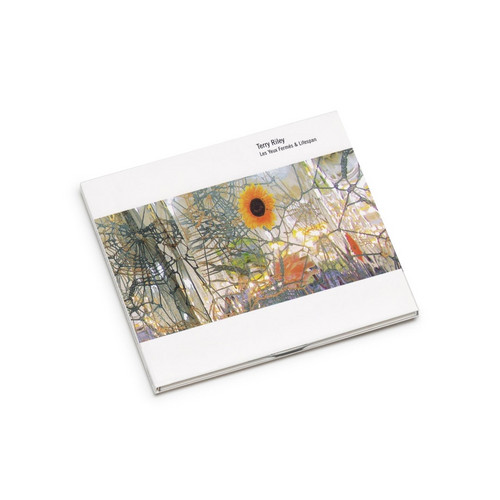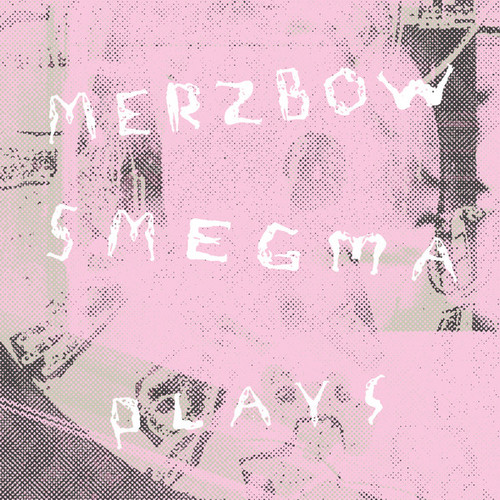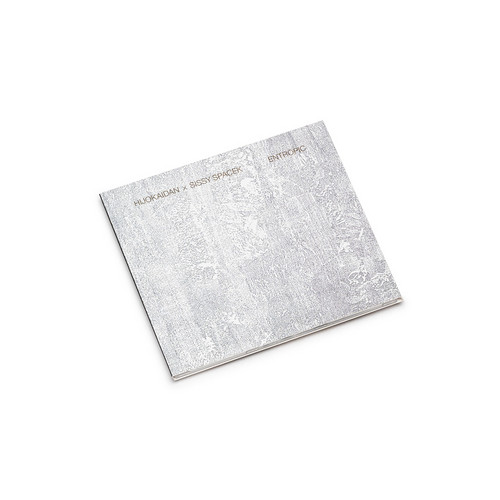Back in stock
Dead Harbor
This is a cassette released by American noise artist Dead Door Unit from the country's experimental/noise label Tribe Tapes in April 2024. Contains two 2-minute Lo-Fi junk harsh noise songs using field recordings and tapes.
A sound lover's feast. The reincarnation of the individual sounds would be enough but the scalpel is applied in broader strokes.
Laugh At The Devil
Tip! *2024 reprint* Dead Door Unit is the alias of Northeastern US artist Ken Geiger. The project follows in an exploratory vein of tape-recorded junk noise and field recordings. "Laugh At The Devil" is a work raucously out-of-time, bringing to mind the murk of mid-aughts Hanson releases or even the obscure malice of Dom Fernow's earlier work. Geiger breeds a fresh perspective through destruction and reassembly; "desperation."
The Spyked / Lamb Lays Down In Georgia
"The weave of events rises and falls creating an undulating flow like a living river of aural dramas."
46-minute program, handmade packagingJohn Olson, Max Julian Eastman, Creighton Jenkins
Music By Jean Eichelberger Ivey For Voices, Instruments, And Tape
*2024 stock. Custom CDr* This 1973 recording combines live performance and tape in order to “offer the best of both worlds, plus a dimension which neither live performer nor tape can reach alone.” There are four pieces on the album: “Terminus” and “Aldebaran” are each for a solo performer and tape, “Three Songs of Night” is for a large ensemble with intermittent tape, and “Cortege—for Charles Kent” is an entirely electronic piece. Liner notes contain a biography of composer Jean Eichelberger Ive…
Electronic Music
*2024 stock* This album recorded in 1967 by the Electronic Music Studio (EMS) of the University of Toronto exemplifies early experimentations in electronic music. It was the first studio of its kind in Canada (founded by Dr Arnold Walter) and the second in the North American Continent. The abstract songs are eerily captivating. Liner notes include explanations of how the songs were created, as well as biographical information on the members of the EMS.
Sounds Of The Sea Vol. 1: Underwater Sounds Of Biological Origin
2024 stock. Did you know that cancer crabs are great percussionists, as are catfish, snapping shrimp, drum fish and black croakers? Hear the noises of our underwater friends, recorded at depths of from five feet to two thousand fathoms below by the Naval Research Laboratory in the tropical waters of the Atlantic and Pacific.
New American Music, Vol. 1
*2024 stock. Custon CDr* From Milford Graves’ guttural experiments with percussion and the body to Mary Lou Williams’ jazz combo interrupted by atonal “fungus,” this compilation of new (1970s) music makes for an eclectic mix of musical sounds. Star innovators Gil Evans, Sam Rivers, Sunny Murray also contribute to this collection of jazz.
New American Music, Vol. 4
*2024 stock. Custon CDr* Noa Ain gives us a surreal portrait of violinist Yoko Matsua in “Used to Call Me Sadness,” Joel Chadabe encourages a solo percussionist to interact with an automated electronic system in “Echoes,” Ann McMillan manipulates animal sounds with recording techniques in “Whale I,” Gordon Mumma offers audience members “Do It Yourself” participation in “Cybersonic Cantilevers” and Vladimir Ussachevsky suggests a pre-biblical story of the creation of the world depicted by electro…
Electronic Music From The Outside In
*2024 stock. Custom CDr* Electronic Music from the Outside In presents the experimental musical sounds of Barton and Priscilla McLean (The McLean Mix), Reed Holmes, and Kevin Hanlon as they explain how they seek to explore the extremes of music and sound. Each track begins with a spoken introduction about the reasoning and process behind the music. Both of the McLeans have won numerous awards and grants for their work in promoting and creating experimental music.
Seven Flute Solos
2024 stock. Employing tape overdubs, shifting tape speeds, reverberation, and echoes, flautist Charles Campo performs seven improvisational compositions. The musical settings range from pastoral and contemplative to urban and ethereal.
Dwell Time
*200 copies.* Dwell Time focuses on the moments in between. Expanding on Satie’s Furniture Music, which explores the role of music as a backdrop, Dwell Time explores the moments in between active and passive listening. A sound that maintains a unique balance of properties can start as an active relationship that slowly dissolves into the background and accompanies a listener over its course. The Dwell Time signal remains completely analog, utilizing homemade tape samples and hardware synthesizer…
The Unguitarist : Complete Works, 1969-2022
Ohio-born Rick Deitrick took up the guitar at 16 and decided to approach his playing as if he was the only guy on an island and the instrument had just washed ashore one day. According to Rick, "I completely divorced my playing from any formal music knowledge, but it was very important to me to use original tuning. During those years, the ‘60s/70's, there was a lot of acoustic guitar playing, often using open tuning as a base. I wanted to create whole tones without de-tuning and keep access to t…
Golden Joy Club
Gaining prominence during the 1980s home recording movement, Randy Greif has built a devoted following over the years for his unorthodox compositional style. On his early tapes, industrial and dark ambient textures are melded with cinematic song structure more akin to the most wildly experimental of post-punk acts. “Golden Joy Club”, first released as a cassette in 1986, is a well-known highlight of this era. Transferred from its original master tape and newly restored for CD by Grant Richardson…
Fantastic Architecture
Primary Information is reprinting the seminal book, Fantastic Architecture, making the book widely available for the first time since it was originally published: first in 1969 by Droste Verlag in German (with the title Pop Architektur) and later in 1970 by Something Else Press as Fantastic Architecture. Edited by Dick Higgins and Wolf Vostell, this artist’s book/anthology explores the boundaries between pop art and architecture through writings and projects by key artists and thinkers of t…
Common Time
Renowned as both choreographer and dancer, Merce Cunningham (1919–2009) also revolutionized dance through his partnerships with the many artists who created costumes, lighting, films and videos, and décor and sound for his choreographic works. Cunningham, together with partner John Cage, invited those artists to help him rethink what dance could mean, both on the stage and in site-responsive contexts. His notion that movement, sound and visual art could share a “common time” remains one of the m…
The Well-Tuned Piano
2024 Stock, very last copies around. Deluxe DVD edition of The Well-Tuned Piano in The Magenta Lights, containing La Monte Young’s continuous 6 hour-24 minute performance of his masterpiece is now back in print for the first time since 2001. Comes with a 52-page booklet, which includes La Monte and Marian’s essays on their works. Edition of 500, one time pressing.High Minimalism - one of the great, revolutionary musical movements of the 20th century, is marked by a canon of towering and iconic w…
Les Yeux Fermés & Lifespan
After changing the world in the late '60s with In C and A Rainbow in Curved Air, legendary American composer and father of minimalism Terry Riley abandoned tape manipulation and written composition to concentrate on longform keyboard cycles and improvisations. In the early '70s, while in Europe, he was invited to create scores for two films. The first, in 1972, was Joel Santoni's Les Yeux Fermés, a feature-length art film that instantly became a cult classic by virtue of its never having screene…
Plays
Available for the first time as the artists originally intended!
Entropic
* 2020 Stock * On the verge of their 40th and in the midst of their 20th anniversaries, respectively, Hijokaidan and Sissy Spacek merge in Tokyo for their first collaboration, featuring Jojo Hiroshige, Junko, T. Mikawa, Charlie Mumma, Futoshi Okano, Tentenko (guest), and John Wiese. Hijokaidan formed in 1979, marking the first wave of groups in Japan exploring extreme noise. Sissy Spacek formed in 1999, often playing in large ensembles of players, and frequently exploring grindcore as a base for…
Il Segreto
Quartet Records, in collaboration with GDM and EMI General Music, presents a completely revised and remastered edition of Ennio Morricone’s classic score for the 1974 French polar directed by Robert Enrico and starring Jean-Louis Trintignant, Marlène Jobert and Philippe Noiret.
As the United States was brewing its own Watergate scandal, American filmmakers reflected on corrupt politics with the cultivation of the paranoia thriller—movies where singular protagonists come up against vast governmen…
